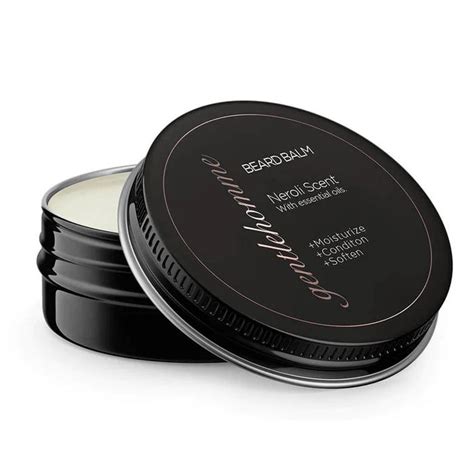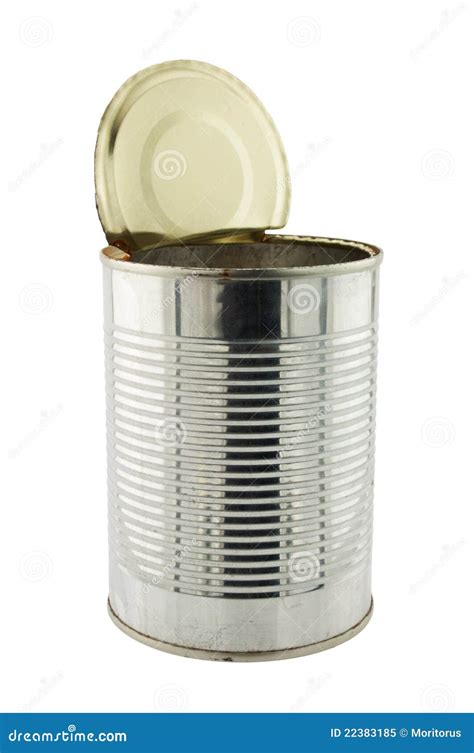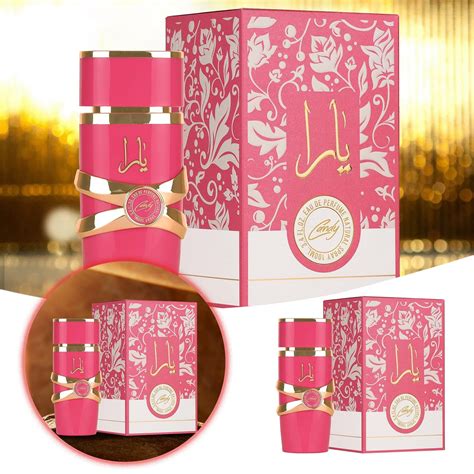What’s the optimal strategy to prevent ingrown hairs for a consistently sharp, irritation-free shave?
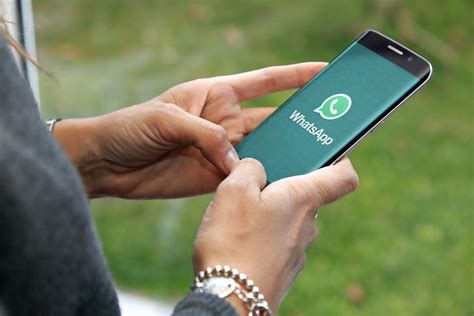
The Ultimate Guide to an Ingrown Hair-Free Shave
Ingrown hairs, characterized by red, itchy bumps, are a common and frustrating consequence of shaving. They occur when a shaved hair curls back into the skin or grows sideways, leading to inflammation and discomfort. Achieving a consistently sharp, irritation-free shave requires more than just a good razor; it demands a strategic approach to your entire grooming routine. This guide outlines the optimal strategy to banish ingrown hairs and cultivate a smoother, healthier complexion.
Phase 1: Meticulous Pre-Shave Preparation
The foundation of a great shave lies in preparing your skin and hair. This crucial step softens the hair, opens pores, and reduces friction, setting the stage for an effortless glide and minimizing the risk of irritation.
- Warm Up: Shave after or during a warm shower. The steam and warm water soften the hair follicles and open up pores, making the hair easier to cut and less likely to curl back. Alternatively, apply a warm, damp towel to your face for a few minutes.
- Exfoliate Gently: 1-2 times a week, use a mild facial scrub or an exfoliating brush to remove dead skin cells. This clears the path for hairs to grow outwards, preventing them from getting trapped under the skin. Over-exfoliating can cause irritation, so moderation is key.
- Pre-Shave Oil: Apply a small amount of pre-shave oil. This creates a protective barrier between your skin and the razor, providing extra lubrication and further softening the hair, ensuring a smoother glide.

Phase 2: Masterful Shaving Technique
Your shaving technique is paramount in preventing ingrown hairs. Rushing or using improper methods can easily lead to nicks, irritation, and, ultimately, trapped hairs.
- Sharp Blade is Non-Negotiable: A dull blade tugs at hair, causing irritation and an uneven cut that increases the likelihood of ingrown hairs. Change your razor blade every 5-7 shaves, or more frequently if you have thick, coarse hair.
- Lather Up Liberally: Use a high-quality shaving cream or gel that produces a rich, thick lather. This lifts the hairs, provides lubrication, and moisturizes the skin, allowing the razor to glide effortlessly. Let the lather sit for a minute or two to further soften the hair.
- Shave With the Grain (Initially): For most people, shaving in the direction of hair growth (with the grain) for the first pass significantly reduces irritation and the risk of ingrown hairs. This technique cuts the hair above the skin’s surface, preventing it from curling back.
- Light Pressure: Let the razor do the work. Applying too much pressure can lead to irritation and cause the blade to cut hair too short, increasing the chance of it growing inwards.
- Rinse Your Blade Frequently: Rinse your razor under running water after every few strokes to prevent hair and product buildup, ensuring a clean, efficient cut.
- Consider a Single-Blade Razor: Multi-blade razors can cut hair below the skin’s surface, which is a common cause of ingrown hairs. A single-blade safety razor or a quality electric shaver can be less aggressive and reduce irritation.
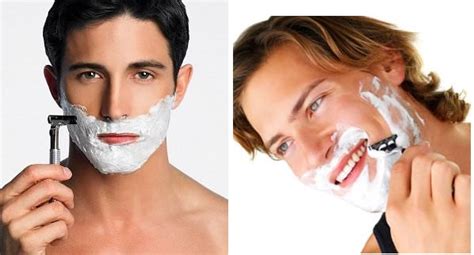
Phase 3: Post-Shave Perfection
The care you give your skin immediately after shaving is just as important as the preparation and technique. This phase aims to soothe, protect, and moisturize your skin.
- Cold Rinse: After shaving, rinse your face with cold water. This helps to close pores and tighten the skin, reducing redness and preventing bacteria from entering the follicles.
- Pat Dry, Don’t Rub: Gently pat your skin dry with a clean, soft towel. Rubbing can irritate freshly shaved skin.
- Alcohol-Free Aftershave Balm/Lotion: Apply an alcohol-free aftershave balm or lotion. Alcohol can dry out and irritate the skin. Look for ingredients like aloe vera, witch hazel, chamomile, or salicylic acid, which can soothe irritation and help prevent ingrown hairs.
- Moisturize: Finish with a good quality, non-comedogenic moisturizer to keep your skin hydrated and supple. Well-hydrated skin is less prone to dryness and irritation.
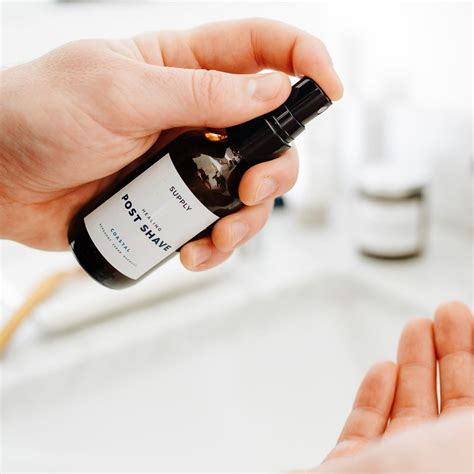
Tools of the Trade: Smart Choices for Smoother Skin
The right tools can make a significant difference in your battle against ingrown hairs.
- Razor Choice: Experiment with different razor types. Many find relief from ingrown hairs by switching from multi-blade cartridges to a single-blade safety razor, which shaves hair at skin level rather than below. Electric shavers, particularly foil shavers, can also be a gentler alternative for some.
- Shaving Brush: A good quality shaving brush helps create a rich lather and exfoliates the skin, lifting hairs for a closer shave.
- Ingrown Hair Treatment: For persistent issues, consider topical treatments containing salicylic acid, glycolic acid, or witch hazel, which help to exfoliate and reduce inflammation around trapped hairs.

Consistency and Patience: The Long-Term Strategy
Preventing ingrown hairs is an ongoing commitment, not a one-time fix. Consistency in your routine is key, and it may take some time to see significant improvements.
- Don’t Pick: Resist the urge to pick or dig at ingrown hairs. This can introduce bacteria, lead to infection, and cause scarring. If an ingrown hair is visible on the surface, a sterilized pair of tweezers can gently lift the loop of hair, but avoid pulling it out completely until it’s ready.
- Let Your Skin Breathe: Occasionally taking a break from shaving can allow your skin to recover and hair to grow out naturally.
- Consult a Professional: If you suffer from severe or persistent ingrown hairs, consult a dermatologist. They can offer personalized advice, prescribe stronger treatments, or discuss options like laser hair removal.
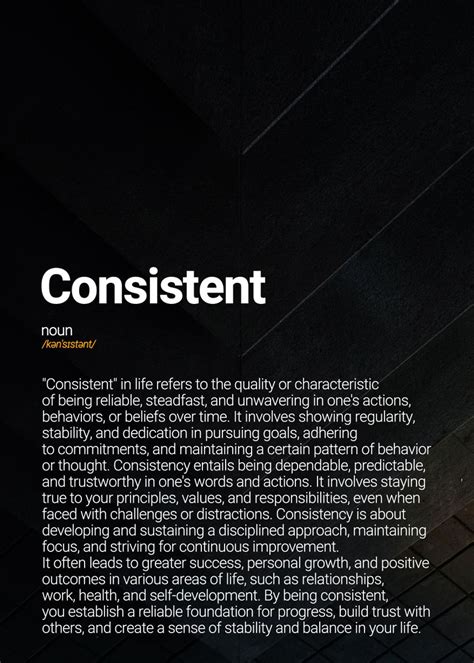
Conclusion
Achieving a consistently sharp, irritation-free shave that keeps ingrown hairs at bay is a holistic process. By meticulously preparing your skin, mastering a gentle shaving technique, providing diligent post-shave care, and selecting the right tools, you can transform your shaving experience. Embrace this comprehensive strategy, and you’ll soon enjoy smoother skin and a noticeable reduction in those unwelcome bumps.

